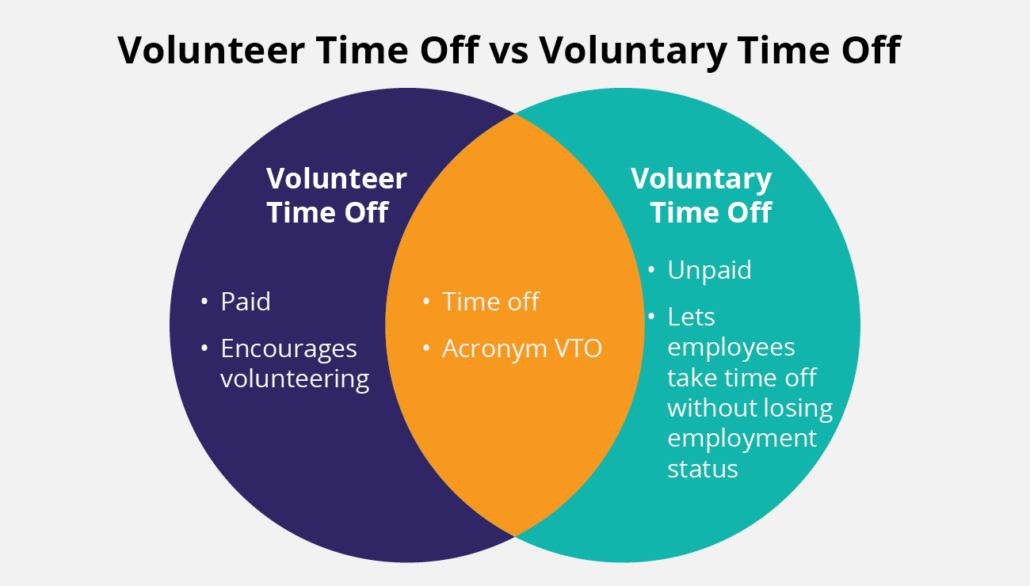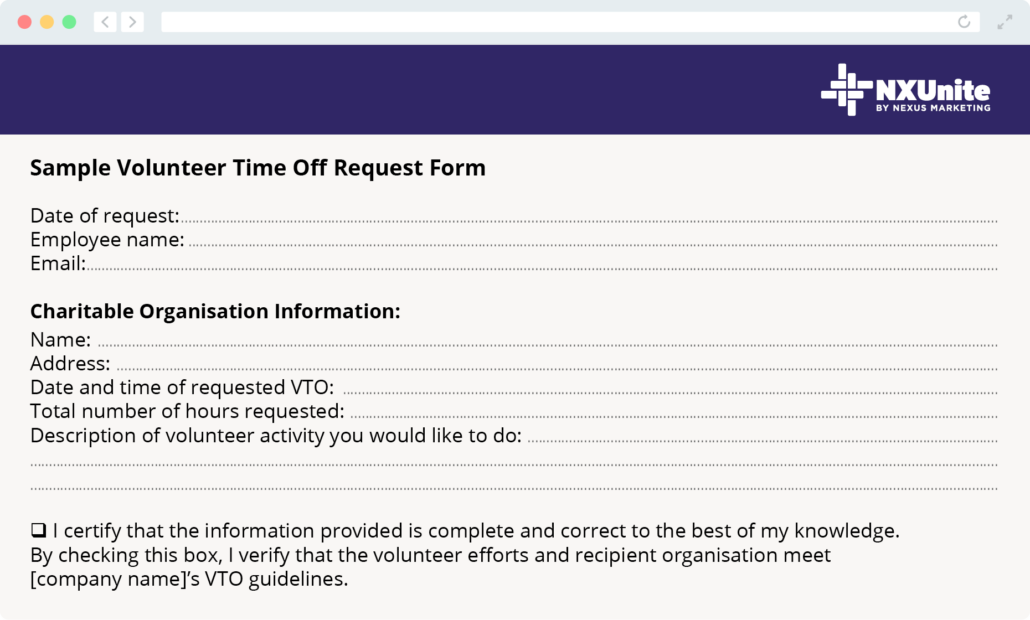A Guide to Children’s Ministry Volunteer Training Programs
As a children’s ministry leader, you know that volunteers are the backbone of your program’s environment. They lead fun activities, build relationships with the kids, and ultimately take charge of the hands-on tasks needed to run your ministry.
But it isn’t simply enough to recruit volunteers and thank them when their work is done; it’s your responsibility to equip them for this essential role with the training and resources they need to excel.
A dedicated volunteer training program supports the spiritual growth of the kids in your ministry and the volunteers who serve them. In this guide, we’ll explore the importance of volunteer training and how to start an effective program for your volunteer team.
Importance of a Training Program for Volunteers
It’s no mystery that volunteers need some background information before they start serving your children’s ministry. For instance, what roles will volunteers fill? What teaching materials can they use, and how should they answer kids’ questions about the content?
While it may seem like these questions could be answered in a quick orientation session or a new volunteer handbook, a dedicated training program offers consistent and comprehensive instruction for all volunteers. As a result, your volunteer team will gain:
- Coaching: As Wonder Ink explains, your children’s church curriculum should offer user-friendly tools to prepare volunteers for upcoming lessons. A training program standardizes coaching for logistics such as this, including how to use teaching tools.
- Community: Training alongside other volunteers and under the guidance of your ministry’s leaders will cultivate a supportive culture. Plus, volunteers will gain more from the experience when they find community in your ministry.
- Confidence: In a structured program, volunteers can learn to exercise authority and become more comfortable in their roles. This will give them the confidence needed to handle any situation that comes their way.
Plus, a dedicated program provides fundamental training that applies to various ministry activities. Whether you’re kicking off vacation Bible school or hosting a fundraiser, volunteers will be prepared to work with the kids in your program and represent your children’s ministry well.
How to Start a Children’s Ministry Volunteer Training Program
Follow these steps to create a solid volunteer training program for your children’s ministry.
1. Develop a training plan.
First and foremost, you’ll need to define your training program’s goals. What is most important for your volunteers to learn, and how will you teach them?
Here are some key elements your training plan should include:
- Details about the curriculum: Familiarize volunteers with your curriculum’s scope to ensure they understand the core values being taught and the schedule your teaching will follow.
- Volunteer responsibilities: Your training program will center on volunteers’ specific responsibilities. Identify your ministry’s expectations for these roles and plan to provide tips on how to meet these expectations.
- Your ministry’s mission: Ensure volunteers align with your ministry’s overall mission by discussing your vision, statement of belief, and any other key background information. If your ministry has a website, you can use your About page as a guide for choosing the most important information to highlight.
Once you’ve determined which objectives are top priorities for your training program, break it down into structured modules covering essential topics. For example, you may plan for one training day to cover the curriculum’s basics, while a few days are needed to explain age-appropriate teaching methods.
2. Recruit experienced trainers.
Next, select experienced individuals in your church or ministry to train incoming volunteers. These could include individuals with lengthy experience volunteering for your ministry or leaders who understand your ministry’s needs.
Also, consider recruiting trainers who specialize in different aspects of your ministry. For example, one trainer may have been involved in choosing your curriculum. This individual would be best equipped to help volunteers navigate the curriculum and its features, while another trainer with counseling experience might be able to teach conflict resolution.
3. Host a new volunteer orientation day.
Once you’ve created a team of experienced trainers, it’s time to start the training process! Host an orientation session that covers the top priorities you defined in your training plan, including your ministry’s mission, curriculum’s scope, and specific volunteer responsibilities.
To guarantee a positive experience and encourage volunteers to come back, eCardWidget recommends following up after the orientation session with a library of training resources, such as:
- Mentoring
- Roleplaying activities
- Interactive quizzes
- Q&A sessions
Remember to make these resources accessible to volunteers throughout their time serving your ministry in case they forget anything that was discussed in training. For example, periodic Q&A sessions can help refresh volunteers’ memories of teaching techniques they should employ.
4. Evaluate and improve the program.
Your training program shouldn’t end once volunteers start their roles in your ministry. In fact, you can take significant strides toward an improved training program after volunteer training is complete!
Gather feedback to evaluate what your training program did well and where it could improve. As you collect this data, you’ll be able to make adjustments to your training program accordingly. You can encourage volunteers to provide their feedback through:
- Surveys
- One-on-one discussions with trainers
- Group meetings
For example, did volunteers feel adequately prepared to teach the lessons from your curriculum? Did their values align with the lessons they taught? You may need to adjust your training program to better prepare volunteers for your curriculum’s content. Or, perhaps you need to search for a children’s Bible curriculum that more fully reflects the theological values of your ministry.
Make adjustments according to your volunteers’ feedback to encourage them to continue volunteering and improve the experience for future volunteers.
A dedicated training program is necessary to set your children’s ministry volunteers up for success. It’s the key to going beyond simply recruiting volunteers and assigning tasks—a training program allows you to cultivate relationships with like-minded believers who will have a significant impact on the kids in your ministry. Take the time to develop a program that will equip them for this role and encourage them to stay connected with your ministry in the long run.




